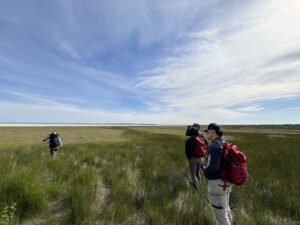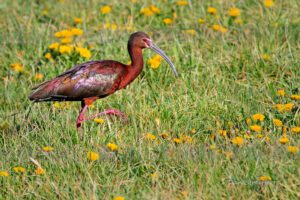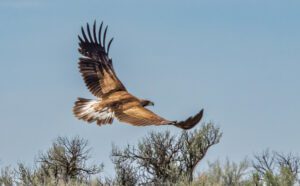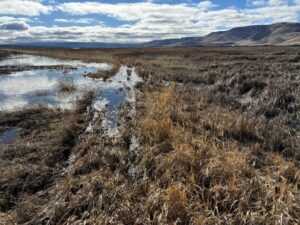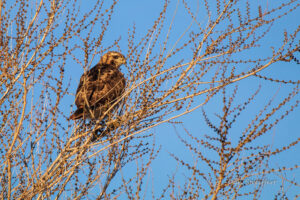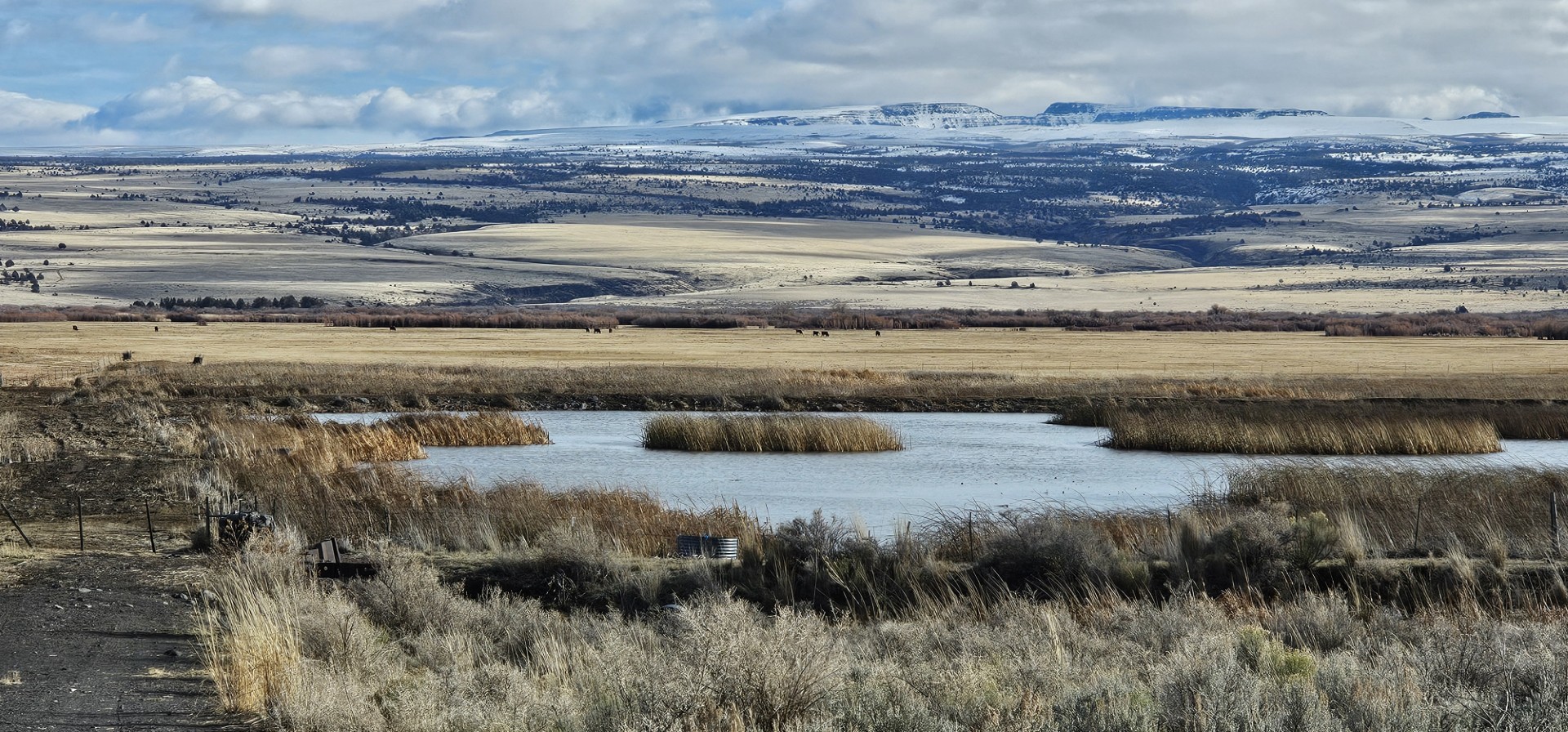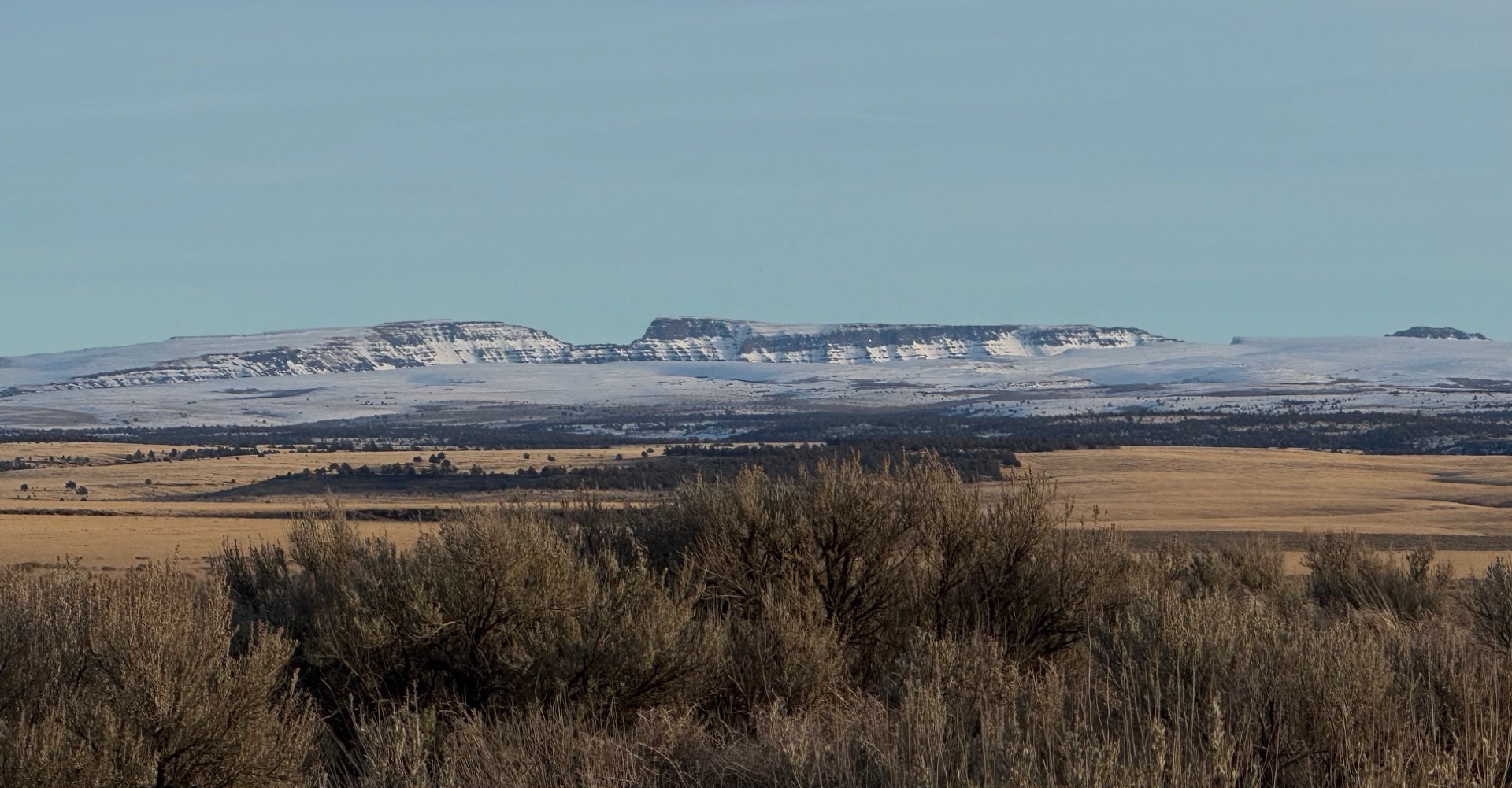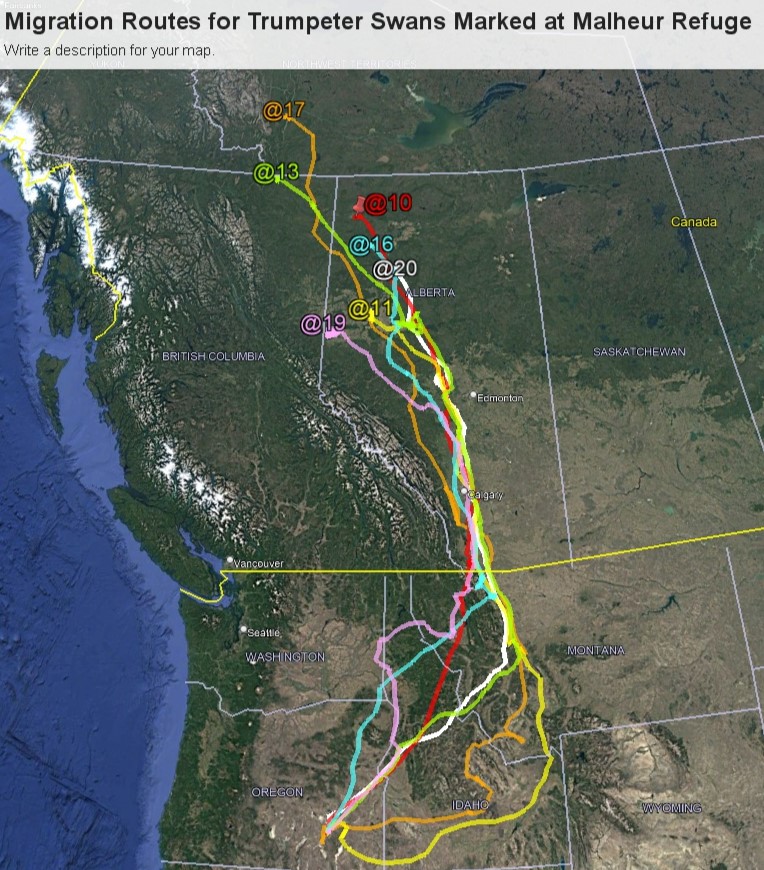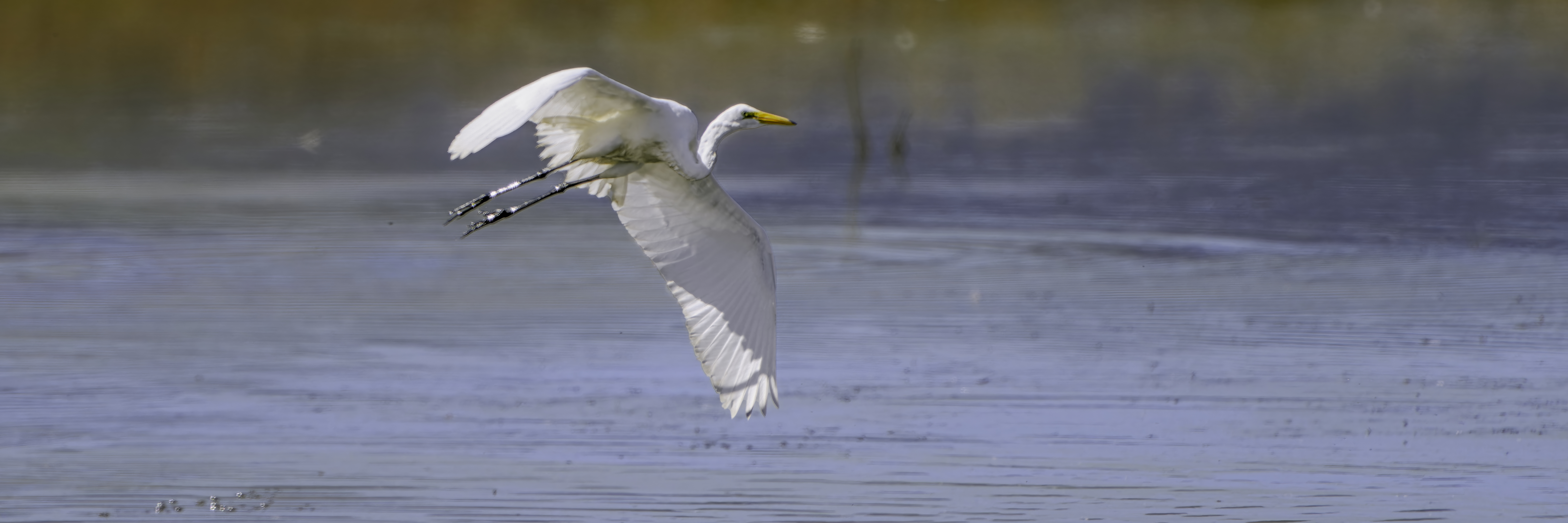Written by Robert Steelquist/Photo by Robert Steelquist
It is too dark for pictures. The western light has simply faded without a hint of color in a progression of grays fading to black. Twilight, he so-called “blue hour,” is a favorite of nature photographers. It takes place twice a day, when the sun has just set or not yet risen. Shadows don’t exist. Neither do highlights. Digital cameras, in this light, begin to invent colors that aren’t there, creating what photographers call noise, pixels of greens and magentas that serve as stand-ins for things the camera sensor cannot really detect.
This thing I’ve been strapped to all day (since the morning blue hour) is no longer of any use and so I choose simply to look and listen as night closes on the Refuge Headquarters Pond and to gather directly its sights and sounds: a pair of bothered geese, silhouetted shovelers, dipping swallows, a distant yips of a coyote and the who of the owl in the nearby spruce. This, perhaps, was the mood of the anonymous namer of this region when “malheur” was labeled: misfortune. For the photographer, the misfortune of a missed shot. Of natural unfoldings that will escape photographic capture. The hour of gloom before darkness encloses—blue hour—as in The Blues. Misfortune.
Yet, another feeling rises in me: the good fortune of seeing the vast basin without a frame; the liberation from the rule of thirds, f-stops, menus and buttons. Now it is raw, presenting itself to me directly. To see into the shadows, I must let my eyes adjust. To hear the sounds of coming night I must concentrate. I trace the distant rim of horizon; a few lights prick the dark of the distance. More sounds come and my bare eyes open to the details emerging within the growing shades of night.
It’s time to leave. (The sign says “closed at sunset”—but when was sunset?) This early in the season, it will soon be cold. Clouds will obscure the stars. The big space of the basin will be black and I have a few miles to drive back to Malheur Field Station. I take stock of everything my senses convey. I follow the arc of a silent owl in flight. I start the truck and turn up the road, switching on the headlights. Just as quickly, I turn them off because they insult my eyes and mar the scene unnaturally. Without them I can see the road just fine, even in the twilight. The gravel under the tires sings. The shadowy forms of fence posts and bare trees slip by. The sage flats tighten their hold on their secrets.
I’ve been coming to Malheur National Wildlife Refuge for just over 30 years. Not every year—maybe once every four or five. It’s a long haul from the Olympic Peninsula, where I live, but in many ways, it’s everything that the Olympics are not. Toward the end of winter, I am ready for something that the Olympics are not. I come in early spring, when the ponds are full, the snow geese, curlews and cranes are in the wet fields and the whole flyway is full of waterfowl migrants, turning the world under them, it seems, with their wing beats. Nights are cold, Steens Mountain is pressed flat under its glacier-like snowcap, and the weather is unpredictable. I’ve dodged snow squalls on the Alvord on one visit, driven the cracked and dry playa the next. I’ve experienced the place with my growing sons (now grown), my closest friends and my students. In each of my companions, I’ve witnessed wonder: the hyper-blue of a mountain bluebird, the haunting thrums of sage grouse, the canyon wren’s descant, the scale of the basin and range landscape, the past violence of volcanic eruption, the inconceivable timespan of the lift and roll of the Steens Mountain fault block.
I have photographed—or tried to photograph—wary raptors, curious pronghorn, indifferent ducks, and landscapes for which no lens is wide enough. I’ve fought with the light: Wrong angle—another silhouette bird; Midday—blown out highlights. In these experiences, I’ve come to appreciate something far richer than even my finest photographs. It’s been the moments when I know that even the best camera will fail. It’s when the place itself exceeds the limits of containment and what is unfolding before me is too vast or wild to capture. And I’ve learned that it is wise to lower the viewfinder from my eye and experience the subtlety and awe of what is there. Even after 30-some years, those memories are far more durable than any picture. The sage in me knows this, even if the photographer doesn’t.
It’s late in the blue hour. Time to head home. The photographer’s misfortune—malheur. But the awakening of the senses in the experience of the wild. Bon chance.
Robert Steelquist is a naturalist, writer and photographer based in Washington State. He is author of The Northwest Coastal Explorer, published by Timber Press.


